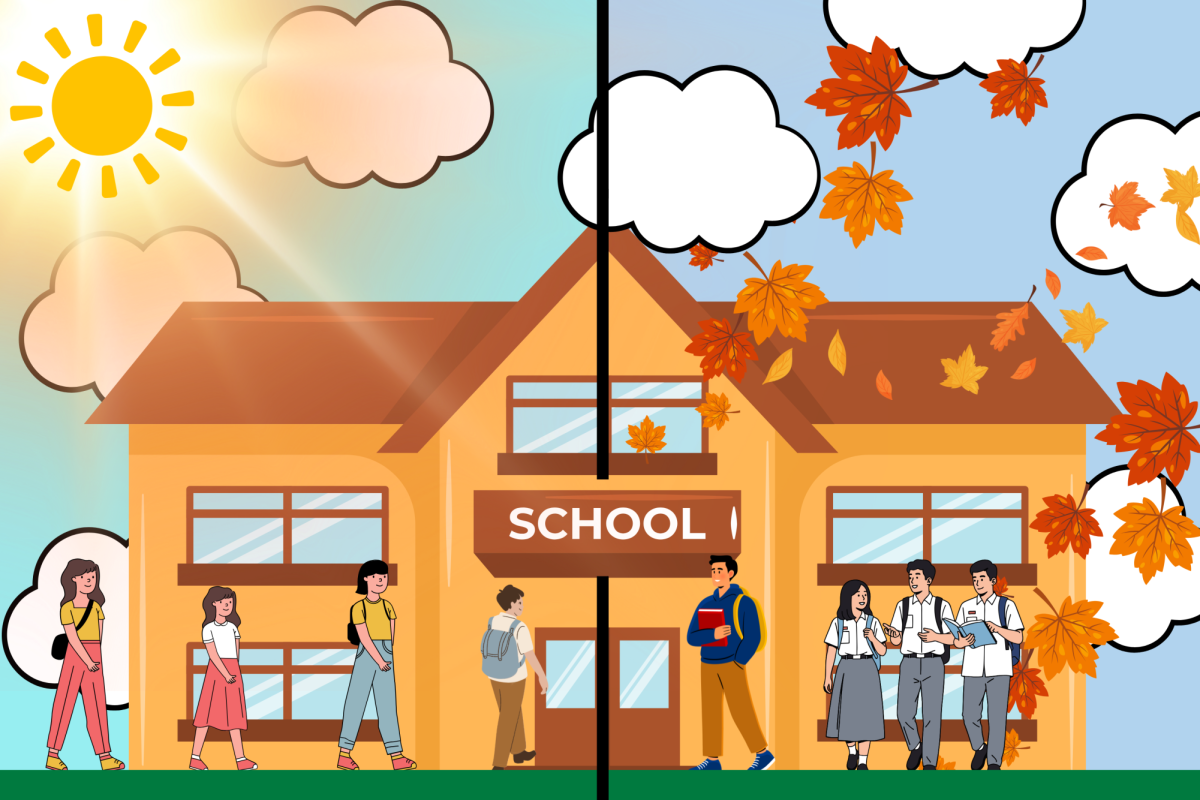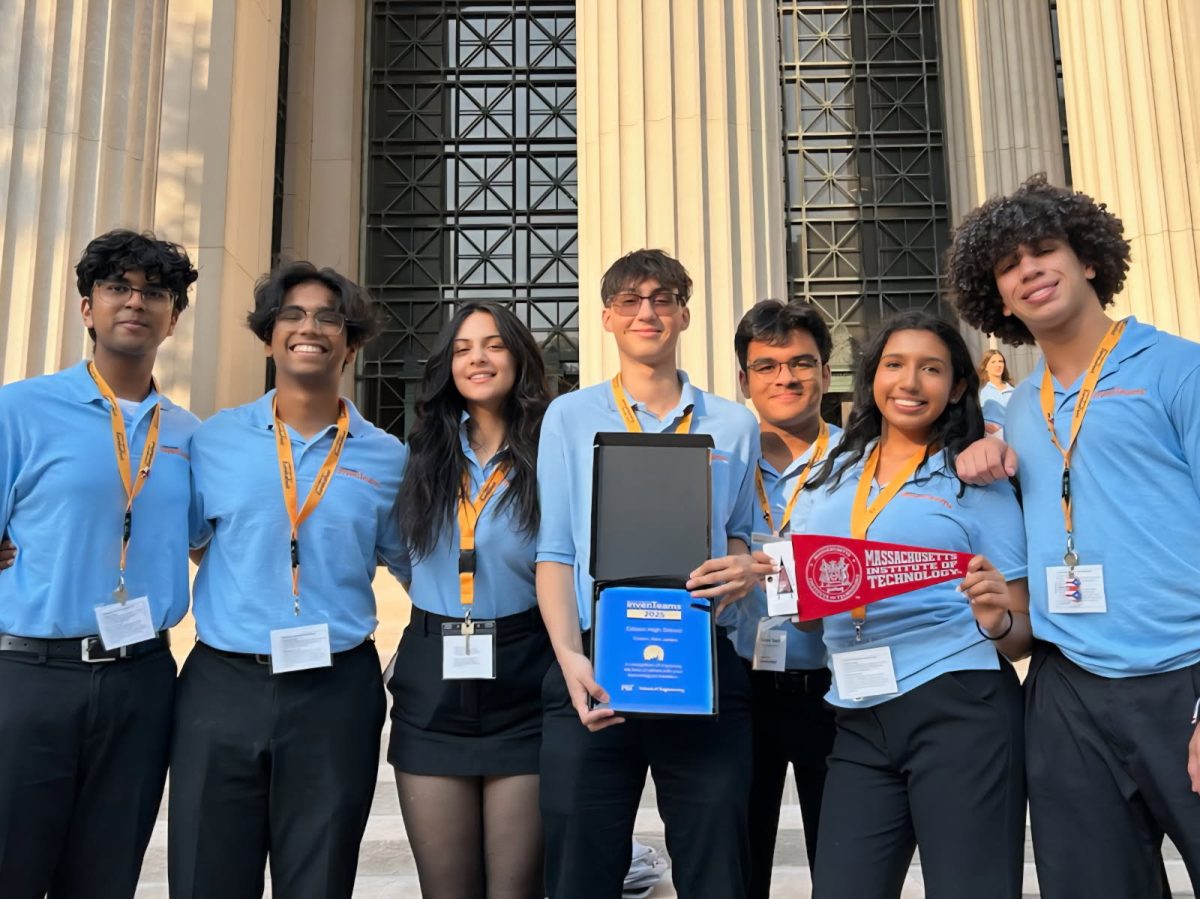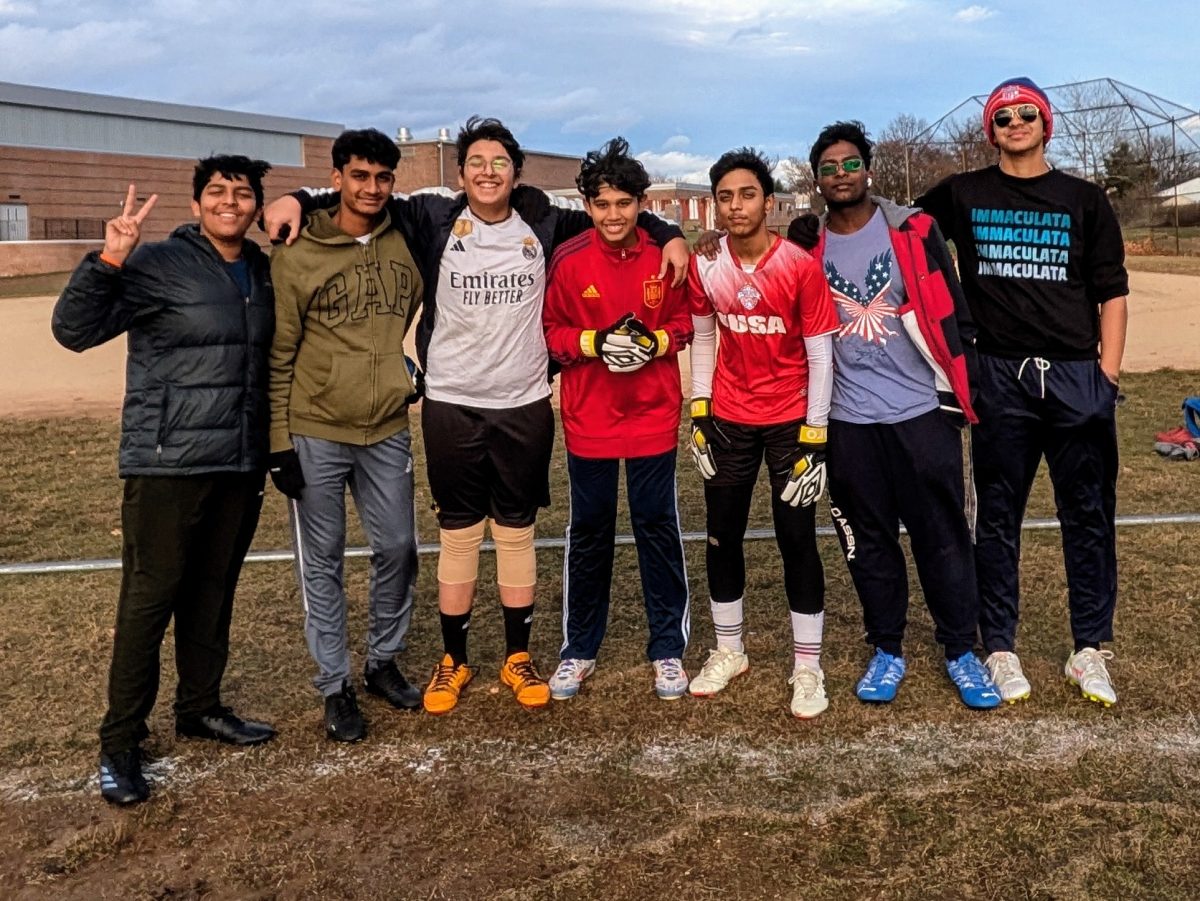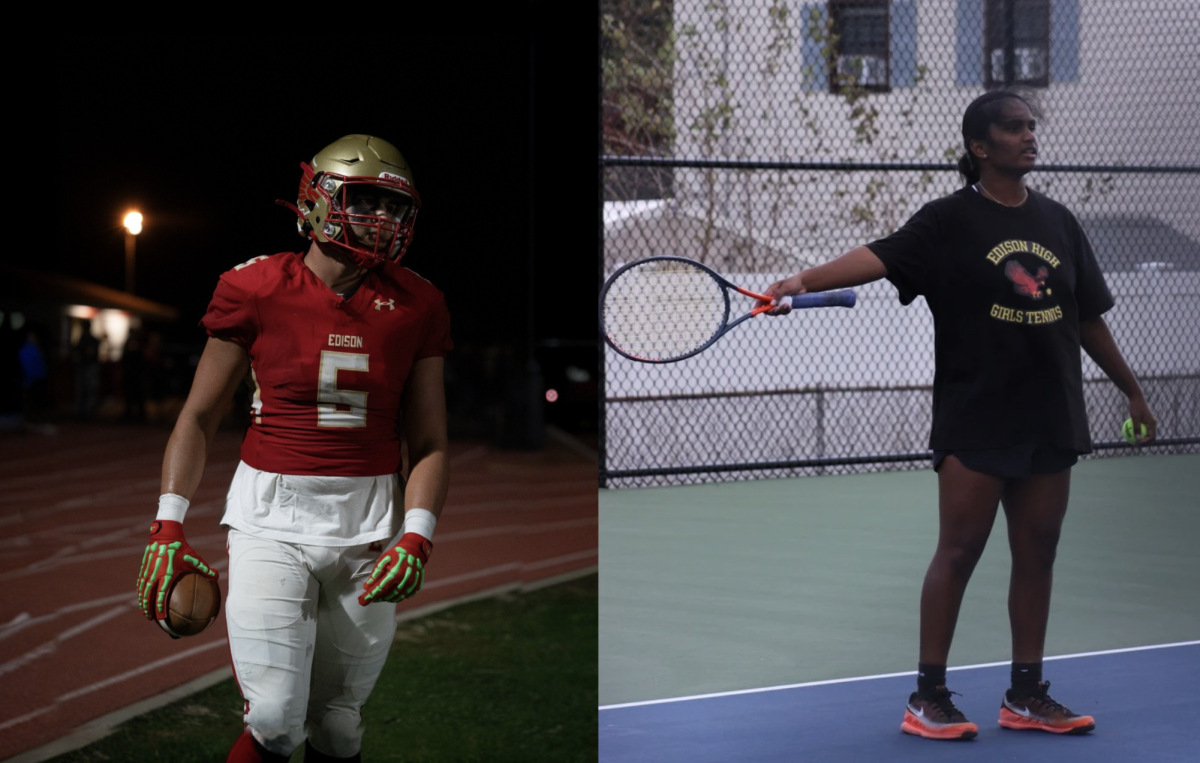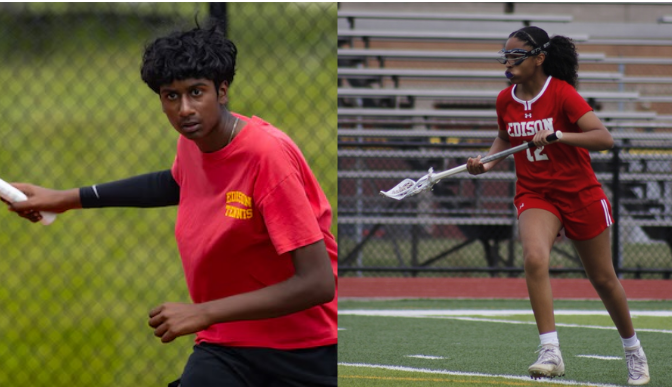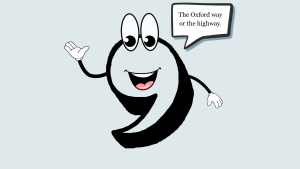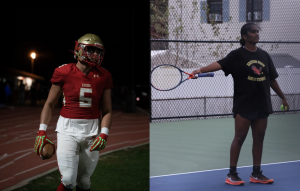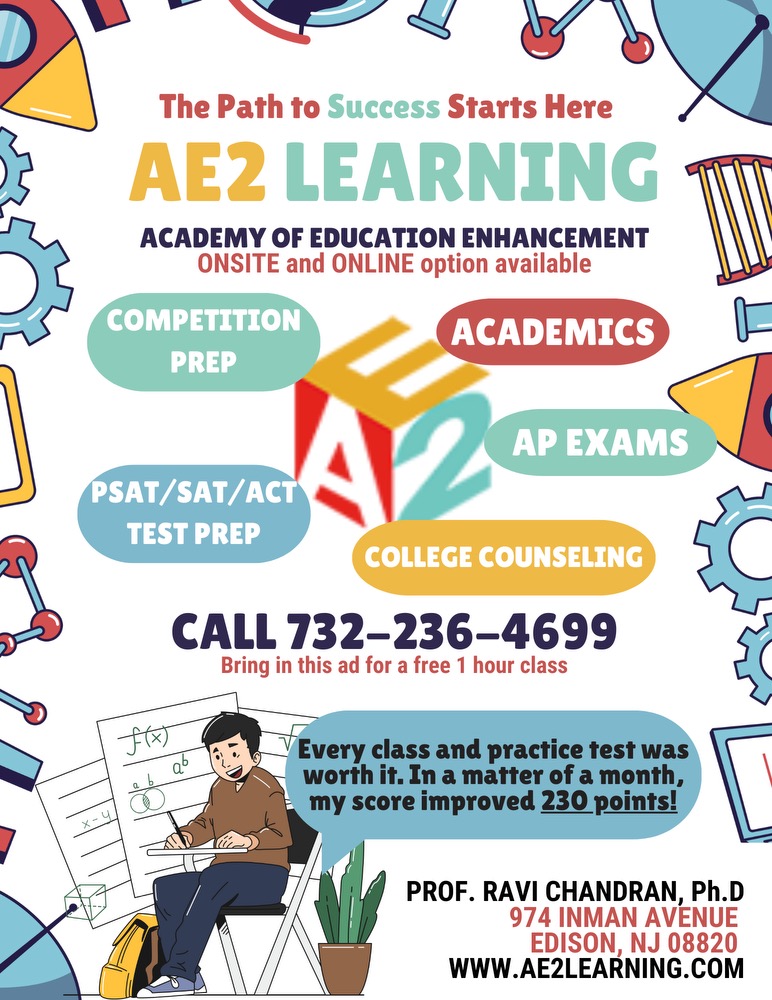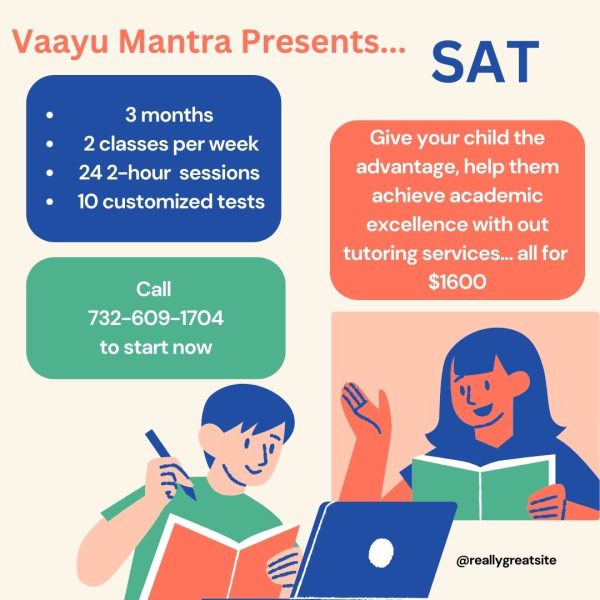Stop Asian Hate
Opinion
An Asian person disturbed with microaggressions.
April 28, 2022
“Ching chong.”
“Do you eat dogs?”
“Do you have the Kung-flu virus?”
“Go back to where you came from.”
“Are you really American?”
On the surface, these statements and questions may not seem offensive or unduly intruding. However, they all imply a general negative stereotype of Asian Americans. These statements above are all microaggressions: unintentional or intentional racist remarks or behaviors directed at historically marginalized groups.
From the nineteenth century to the current day, microaggressions toward Asian Americans have become so normalized that they are considered to be small jokes and not derogatory remarks. These statements are indeed racist and should not be tolerated, and yet the individuals stating these microaggressions do not face actual repercussions.
At Edison High School, the student population has a plurality of Asians. The Asian ethnicity includes Cambodians, Chinese, Indians, Japanese, Koreans, Malaysians, Pakistanis, and so forth. According to the National Center for Education Statistics, or NCES, Asians make up 37.4% of the EHS student population. However, even with Asians being the most common demographic classification at EHS, there is a lack of education in the curriculum regarding Asian American history.
Racism towards Asian Americans has existed far before the spread of COVID-19, starting from when Asians first arrived in the United States of America. Many acts and occurrences that ensued in America further propagated xenophobic sentiments toward Asians. For example, the Page Act of 1875 banned the recruitment of laborers from China, Japan, or any “Oriental country.” This act correspondingly disallowed the entry of Asian women that were accused of entering America for the recruitment of prostitution.
In addition, the Chinese Exclusion Act of 1882 barred Chinese laborers from immigrating to America for ten years. It likewise made them ineligible for citizenship. Another example of an act effectively excluding a race from entry into the US is the Tydings-McDuffie Act. It was passed by Congress in 1934, placing a limit of fifty Filipinos per year immigrating to the United States.
There were many other noteworthy incidents of racism, such as the Chinese massacre of 1871, in Los Angeles, when white rioters lynched more than a dozen Chinese civilians. The perpetrators did not face repercussions ultimately because the victims were Chinese. This conclusion was essentially due to the precedent that the People versus Hall case set in 1854. In that case, it stated that an Asian person could not testify against a White person in a legal setting.
Additionally, on September 4th, 1907, there was a “cleansing” or removal of South Asians from Bellingham, Washington. Particularly, Indian and Punjabi immigrants were targeted through violent attacks. Another racist incident is when up to 500 people attacked Filipino workers in Watsonville, California, in 1930. This occurred during the Great Depression. With the tough economic circumstances, many blamed Asians as they were the source of cheap labor and were taking career opportunities.
As time passed, xenophobia and prejudice continued to be directed toward Asian immigrants, and even now in the current generation, in which many Asians are Americans by birth in America as well. Despite the significance of these historic affairs, a large number of EHS students are not aware of these unfair historical events regarding Asian Americans, displaying the lack of a comprehensive and enriching curriculum on Asian American history and the current, continuous Asian racism. To dismantle Asian racism, people must be educated on its roots.
To get a more powerful and more in-depth view of Asian racism, The Eagle’s Eye, interviewed some EHS students about Asian hate. So hear each of their voices. Hear each of their experiences. Asian hate cannot be truly eliminated from society, just as it is impossible to completely rid society of all forms of inequality and injustice. One way to decrease Asian hate is to spread awareness of how immoral and insulting Asian hate is through schools. So hear each of their voices, EHS. Listen to them.
Arnold Benedict Zamora ’25
EE: What is an instance of you receiving racism?
Zamora: “There was this one time in South Carolina where me and my family walked into a place and everyone was staring at us because we were the only non-White people there. That extirpated my self-confidence.”
EE: What changes would you like to see regarding racism?
Zamora: “For racism to stop. Racism is still very prominent in our society and although we as a human society work to diminish its effect, it’s clear that throughout humanity it is still a common problem.”
Echo Wang ’24
EE: What are some instances of you receiving racism and how did you feel about it?
Wang: “I remember before I transferred to this school, right when covid was first being introduced, people would give me glares and would whisper things behind my back like “don’t go near her,” “she’s Asian; she started the virus,” or “you’re gonna get COVID-19 if you’re near her.” I was isolated. But they didn’t stop at the comments. I’ve had food thrown at me. Drinks dumped on me. Someone even tried pushing me down the stairs. It was as if I was secluded from society just because I was Asian. I felt alone.”
EE: Do you think there is a surge of Asian hate cases after COVID-19 occurred?
Wang: “Yes, most definitely. It’s probably me just being paranoid but people always need to have something to blame. If something doesn’t go anyone’s way, they tend to look for something to blame. People of color get mean comments day to day just for existing. Things like “you don’t belong here” or “you people are just polluting my country.”
Brittany Lin ’25
EE: What are some instances of you receiving racism?
Lin: “This one time, me, my brother, and my friends who are also Asian were on the bus and this guy sprayed us with a cleaning spray because he said that we had COVID-19, and the spray almost got into our eyes. And this one time in seventh grade in middle school, someone behind me shouted Coronavirus, before we went into lockdown. That was so sad because it was one of my friends.
EE: Why do you think people are racist?
Lin: “They probably grew up in a racist household or were influenced by people. Like if this person is racist, you probably wanna follow along and be racist to another victim. To be honest, people just follow along and laugh about it.”
Abi Adif ’25
EE: How does racism make you feel?
Adif: “Really sad and disappointing. To know people are judging others based on stereotypes and completely ignoring the characteristics of each individual is really annoying.”
EE: Why do you think people are racist?
Adif: “Personal experience. If they got hated on before due to some hate crime, they’d probably take it on someone else just like bullying. Victims of bullying may become a bully themselves in the future. This is really similar to racist people. The person making the comment may get the satisfaction of the victim being annoyed, sad or disappointed, etc.”
EE: What changes would you like to see regarding racism?
Adif: “Parents and schools need to teach more discipline in students when they’re younger. This would reduce the number of people participating in racism. It would be nice if people stop being racist toward others by using stereotypes and instead look at every single person as an individual being. That would make the world better.”
Meher Mehta ’25
EE: How does racism make you feel?
Mehta: “Honestly it feels really unfair because not many people do much about it. Like I remember facing racism in middle school and I couldn’t tell anybody because it felt like it wouldn’t be taken seriously enough. It’s hurtful when Asian hate is in time of need but other races are taken more seriously. Asian racism has become so normalized.”
EE: What are some instances of you receiving racism?
Mehta: “So in seventh-grade social studies, this guy would yell curry in an Indian accent to piss us off, assuming we were both Indian. We were both brown, but we still never told him we were Indian. Me and my friend were annoyed and didn’t think anything of it until we realized later it was actually racism and racism towards Indians who are Asians is essentially racism. We didn’t report anything because it wouldn’t be taken seriously enough if we went and recorded it because not enough people pay attention to Asian hate.”
EE: Do you think racism still occurs?
Mehta: “I don’t think we have improved racism that much because Asian hate is still going on and directly to anyone Chinese or looks Chinese. A lot of people just assume every Asian person is Chinese and throw their hatred among them, and in cases of microaggression like you’re so pretty for an Asian. It definitely still takes place and I don’t think the environment right now is improving.”
Adarsh Barot ’25
EE: What are your feelings on racism?
Barot: “It’s pointless because people make assumptions, and I feel empathy for them because they’ve only seen the stereotypes and what’s projected in society. Racist people are ignorant.”
With the voices of these people being documented in writing, the Eagle’s Eye obtained a perspective from a non-Asian person on the situation of Asian people receiving hatred.
Victor Costa ’25
EE: What are your feelings on Asian hate?
Costa: “Even though I’m not Asian, I have friends that are Asian and I believe Asian hate is sadly common and some people might jump on it while some people might take it seriously. We should not offend anyone’s race, even as a joke, because they might not take it as a joke.”
EE: Do you think cases of Asian hate have decreased?
Costa: “I feel like racism has decreased because of the understanding of how racism is hurtful. I think we got smarter and are starting to understand people and where they come from and their background. Asian American hate started back then during the event of the transcontinental railroad and some Asians came here, building a lot of railroads but still faced racial prejudice. It took a long time for Asians to be accepted as U.S. citizens and equals.”
The three-year anniversary of the start of COVID-19 has recently passed. On March 9, 2020, two years ago, Governor Phil Murphy declared a state of emergency which resulted in many schools, businesses, and establishments closing down. It would be an understatement to say that quarantine has drastically impacted the lives of many individuals. And in particular, it is crucial to recognize the influence it had on the Asian American population.
During quarantine, there has been a great surge of hate crimes against Asian Americans and especially toward Asian American elders. Some elders were even too afraid to go out to simply buy groceries because they feared being possibly attacked. After all, they would be easy targets due to their old and fragile age. Racism stemming from COVID-19 is a topic that needs to be addressed, especially with the surge of racially motivated hate crimes. Here are some instances:
Anh Le, a 69-year-old Asian American man (Vietnamese) was attacked with a bat and glass bottle in San Francisco, California. He was attacked by a father-son duo. Jimmy Tanner. Sr, the father, was detained on charges of battery, felony elder abuse, and terroristic threats, but only pleaded guilty to a misdemeanor battery offense and a year of probation. Le was never informed of the plea deal, nor the lack of intention to prosecute the attack as a hate crime. He did not face justice and was never given the chance to give a victim impact statement. Le had expressed this as “the most brutal, terrifying, and humiliating experience of my life.”
Another Asian hate case was with Cesar Echano and his wife who were taking a walk at the Don Knabe Community Regional Park. They were approached by a man who said, “Why are you looking at me? You son of a b—-!” Then, he started to be racist, “You don’t belong here! Go back to your country.” The couple headed back to their car, and as Echano was fastening his seatbelt, the racist man appeared out of nowhere and opened the car door, and started punching Echano. Echano’s eye was injured and his face was bruised. He no longer feels safe leaving his house, a feeling that no one should feel.
Many victims of violent hate crimes aren’t willing to take legal action due to the wariness of the legal system or cultural influences, even as there is a growing percentage of racially motivated attacks. Several Asian hate attacks nowadays are due to people using COVID-19 as an excuse to attack Asian people.
Asian Americans have faced much racism that largely goes undiscussed and unrecognized. It is fair to say that nearly every single Asian person in EHS has at least faced one instance of racism, whether it is a microaggression, a direct statement, or even a racially motivated action.
Although some may as well believe that the hate toward Asians is embellished. The Asian community discusses the negativity racism causes when the Asian culture at times does perpetuate racism. For instance, in Asian culture, Asians are taught to stay out of the sun to maintain pale and white skin, as being tan is considered a sign of “ugliness. “Whiteness” is a metric that the Asian culture tends to utilize to measure beauty. Though that is more colorism than racism, it is still a hint of racism.
Why does something as hurtful as racism have to and continues to exist?
Stereotyping individuals are basically categorizing individuals, which essentially starts the path of racism. Most of the time, the reason individuals categorize other individuals in certain groups is due to the desire to be in control in life and be aware of one’s surroundings. It is human nature for humans to stereotype. However, humans need to learn how to build a stronger mindset in avoiding the ritual of stereotyping and directing prejudice towards a stereotyped group.
For racism toward all races to decrease, individuals must develop an understanding and knowledge of different cultures and grasp how hurtful racism is. Open-mindedness and self-discipline are chiefly required to achieve this objective. Society needs to be reminded that there is a lot of suffering in this world and lost living potential, so sometimes all that society can do is learn to be more peaceful and compassionate.



















